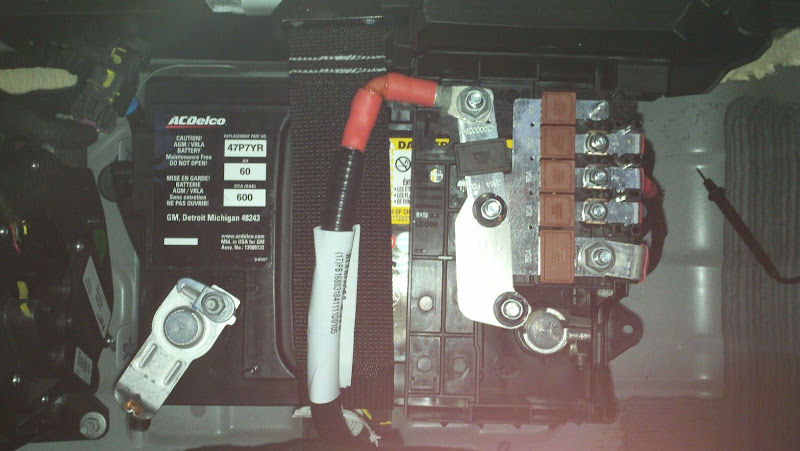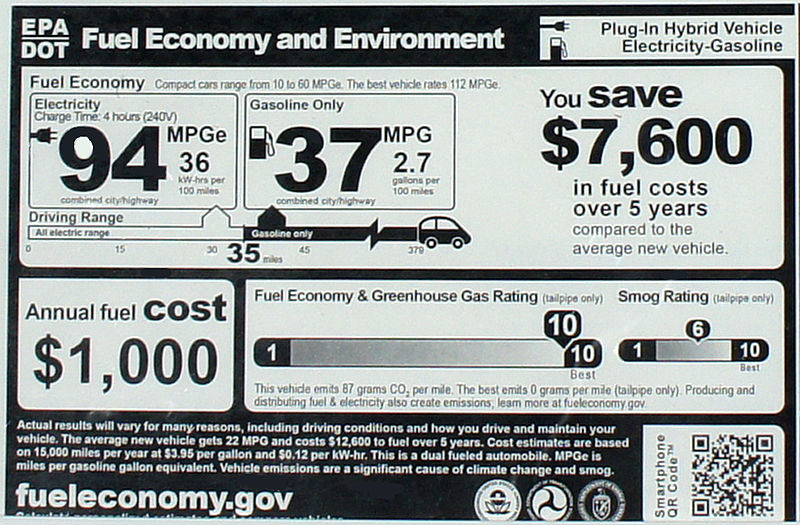LTLFTcomposite
Well-known member
DrInnovation said:Only reason would be cost. Its a fine unit and provides some future potential, though hard to know what will be the "standard" in 5-6 years as this stuff is evolving rapidly. I drive 35-60 miles EV miles a day in my volt and I just use L1 charger that came with it. (I'm getting 45-50 miles per charge in the summer, but on days with errands I'll throw an extension cord out a window at work to get the range up a tad).
If your friend needs to lots of quick trips after returning from work, or drives > 45 a day then L2 now is good. I expect competition to eventually drive down the price If/when I get an L2, it will be for work, where it can be shared over many people, not for me at home.
I think he's going to want the ability to zap in a few extra miles quickly for those evening errands; I know we do from time to time on the Leaf. There are no charging facilities at work so it will almost exclusively be home charging then switch to gas. From what I'm hearing the only regret a Volt owner might have for going with the Schneider is possibly overpaying a bit.








